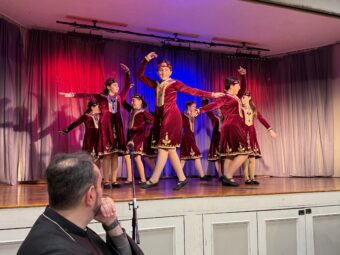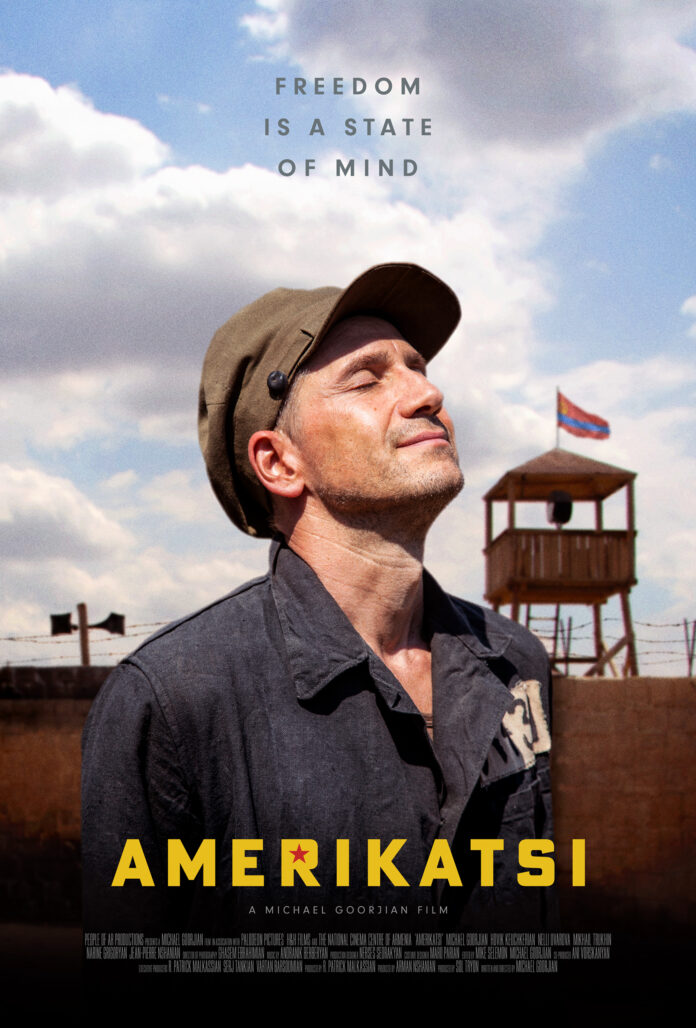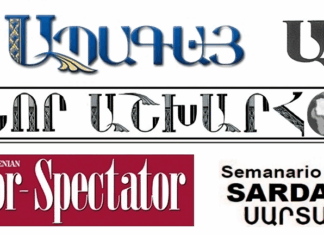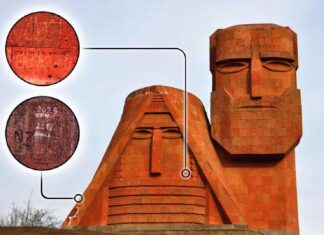That men do not learn very much from the lessons of history is the most important of all the lessons of history.
-Aldous Huxley
ln light of recent events in Artsakh, two historically-based feature films released in 2023, “Aurora’s Sunrise” and “Amerikatsi,” recall difficult but important periods in Armenian history. Each one delivers its own particular lesson to both Armenian viewers and the world-at-large. “Aurora’s Sunrise” cleverly meshes animation with found footage of a film otherwise lost (“The Auction of Souls”), with interviews of that film’s star, Aurora Mardiganian, conducted when she was elderly.
Expertly directed by lnna Sahakyan, “Aurora’s Sunrise” tells the true story of this remarkable Armenian Genocide survivor. Born in the village of Chmshgatsakh where her father was a master silk dyer, Mardiganian saw almost her entire family deported and shot in 1915. She miraculously escaped a harem and made it back to her now destroyed hometown, and then on to Erzurum from where she escaped to America in search of her lost older brother Vahan. Once there, thanks to her beauty and some luck, she’s cast as the star of “The Auction of Souls,” a feature film which recreates her experience during the Armenian Genocide. The film became a rousing success, raising over $100 million and helped the Near East Foundation literally save an entire generation of Armenian orphans from certain starvation.
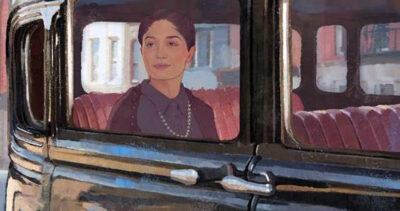
At the end of the film, an elderly Mardiganian tells viewers that what she desires the most is not revenge, but that Turkey be brought before a court of law and held accountable for its actions. “Aurora’s Sunrise” has performed beautifully at festivals and deserves all the praise heaped on it for its seamless integration of cinematic genres — not an easy task — and for its lovely and at times breathtaking retelling of an important page in both Armenian and film history. The hard lesson for Armenians: when faced with state-sponsored fascism — be it Turkish or Azeri — they can only count on themselves. This is something that the government of Armenia and the Armenian diaspora have unfortunately still not fully internalized, if the events of the past few years in Artsakh are any indication.
The light-hearted “Amerikatsi” tells the story of another, perhaps more obscure period in Armenian history known as the “Nerkaght,” which took place in the late 1940s, when some 100,000 diasporans repatriated to Soviet Armenia. Used to freer and more open societies, many of these repats ended up in Soviet gulags or eventually escaped back to their home countries, forever traumatized.
